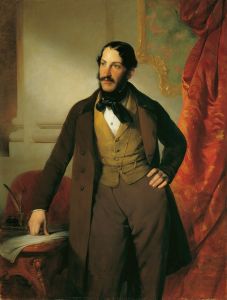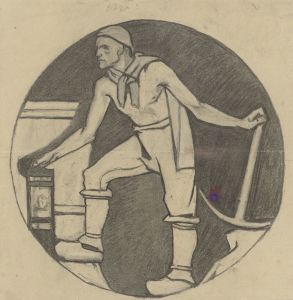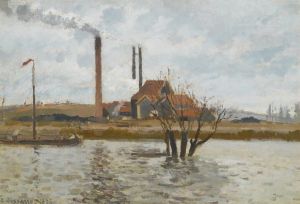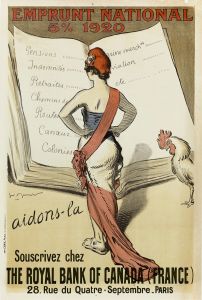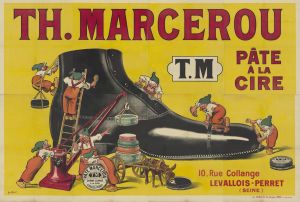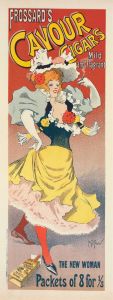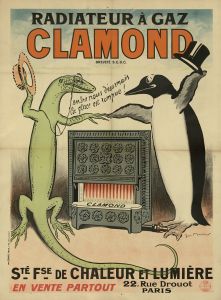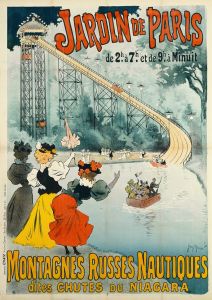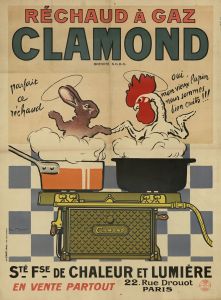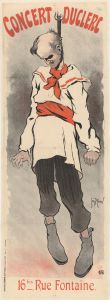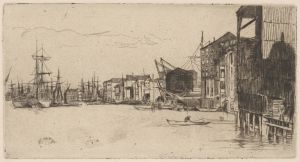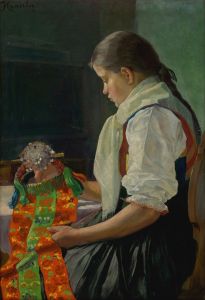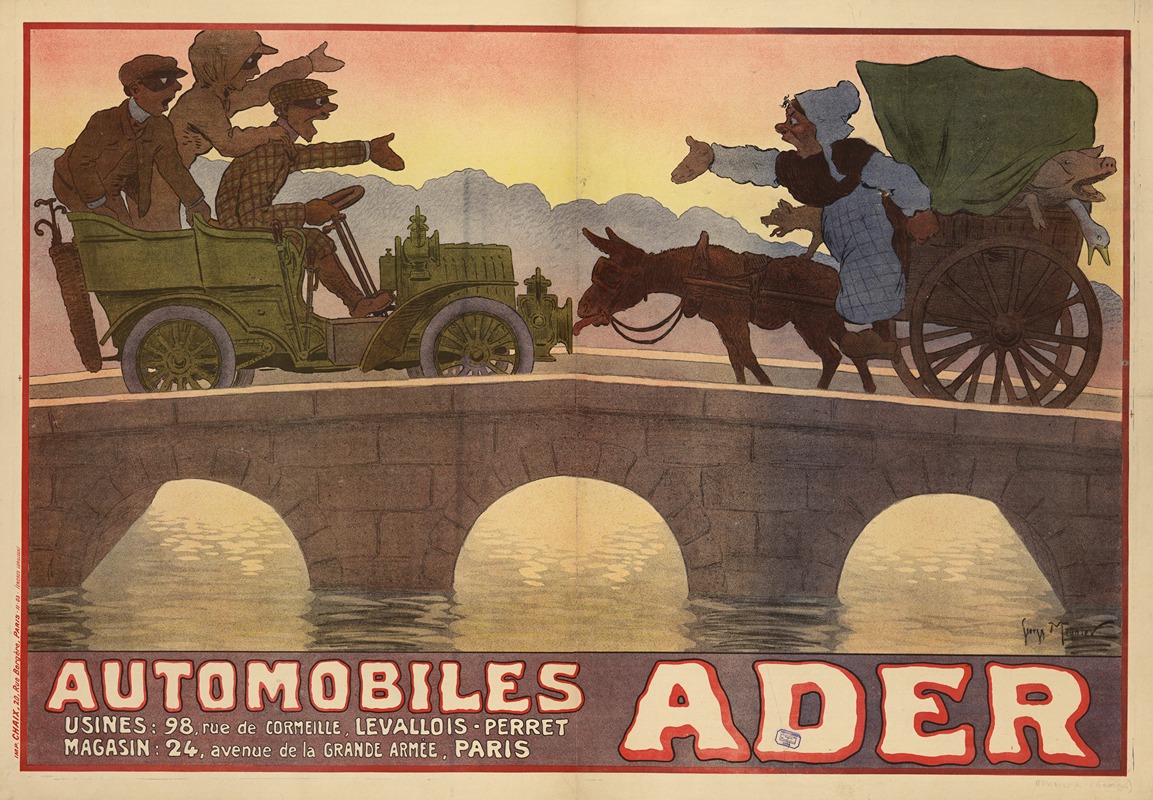
Automobiles Ader. Usines, 98 rue de Cormeilles, Levallois-Perret – Magasin, 24 avenue dela Grande-Armée, Paris
A hand-painted replica of Georges Meunier’s masterpiece Automobiles Ader. Usines, 98 rue de Cormeilles, Levallois-Perret – Magasin, 24 avenue dela Grande-Armée, Paris, meticulously crafted by professional artists to capture the true essence of the original. Each piece is created with museum-quality canvas and rare mineral pigments, carefully painted by experienced artists with delicate brushstrokes and rich, layered colors to perfectly recreate the texture of the original artwork. Unlike machine-printed reproductions, this hand-painted version brings the painting to life, infused with the artist’s emotions and skill in every stroke. Whether for personal collection or home decoration, it instantly elevates the artistic atmosphere of any space.
"Automobiles Ader. Usines, 98 rue de Cormeilles, Levallois-Perret – Magasin, 24 avenue de la Grande-Armée, Paris" is a poster created by the French artist Georges Meunier. Meunier was an active figure in the late 19th and early 20th centuries, known for his contributions to the art of poster design, a popular and influential medium during the Belle Époque period in France.
The poster advertises Automobiles Ader, a company named after Clément Ader, a pioneering French engineer and inventor. Ader is notable for his work in aviation and automotive engineering. The company was based in Levallois-Perret, a suburb of Paris known for its industrial activity, particularly in the automotive sector. The address "98 rue de Cormeilles" refers to the location of the factory, while "24 avenue de la Grande-Armée, Paris" indicates the location of the showroom or store in the heart of Paris. The Avenue de la Grande-Armée was, and still is, a prominent location for automobile dealerships and related businesses.
Georges Meunier's work is characterized by its vibrant colors and dynamic compositions, typical of the Art Nouveau style that was prevalent at the time. This style often featured flowing lines, floral motifs, and an emphasis on harmony and beauty, which were intended to capture the viewer's attention and convey the elegance and modernity of the products being advertised. Meunier's posters were part of a broader movement that sought to make art accessible to the public through commercial means, transforming everyday urban spaces with visually striking advertisements.
The poster likely served both as an advertisement and as a piece of art, reflecting the dual purpose of many posters from this era. It would have been displayed in public spaces, such as streets and transportation hubs, where it could reach a wide audience. The imagery and text would have been designed to appeal to the burgeoning middle class, who were increasingly interested in new technologies and the lifestyle improvements they promised.
Automobiles Ader was part of the early automotive industry in France, a country that played a significant role in the development of the automobile. During the late 19th and early 20th centuries, France was home to numerous inventors and companies that contributed to the evolution of car design and engineering. The poster by Meunier would have been part of the marketing efforts to establish Automobiles Ader as a notable brand in this competitive and rapidly evolving market.
Overall, the poster "Automobiles Ader. Usines, 98 rue de Cormeilles, Levallois-Perret – Magasin, 24 avenue de la Grande-Armée, Paris" is a testament to the intersection of art and commerce during a period of significant technological and cultural change. It reflects the artistic trends of its time and provides insight into the early days of the automotive industry in France.





